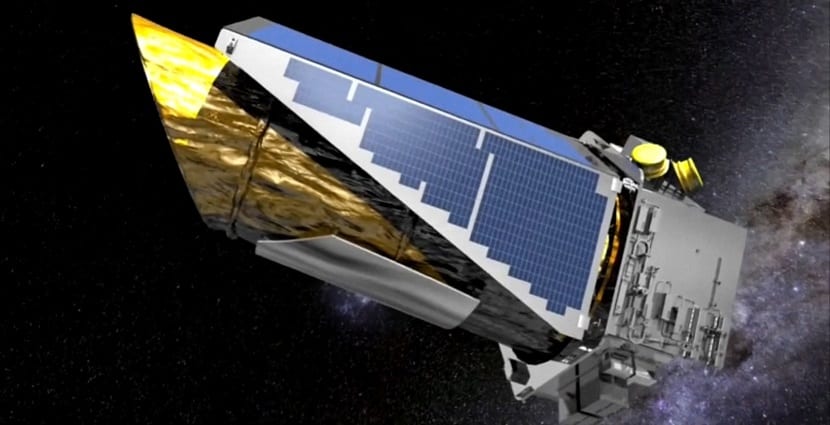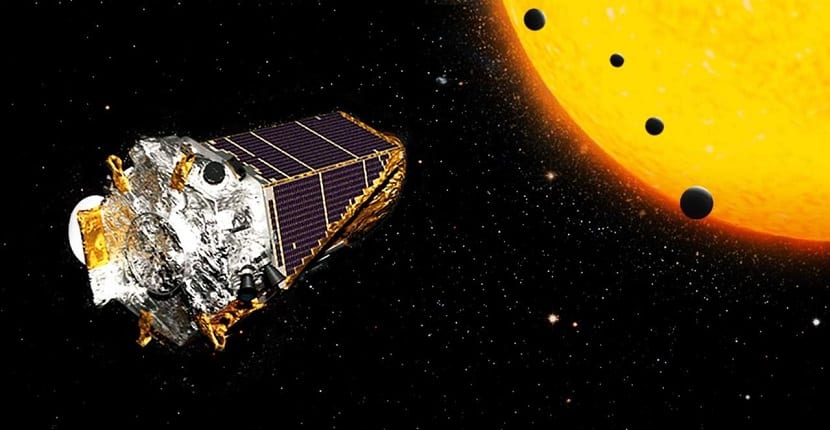
This is not the first time we have talked about the Kepler space telescope, which was put into orbit at the time with the firm intention of detect Earth-like planets orbiting stars with similar characteristics to our Sun. For this, a platform was designed that was capable of simultaneously observing no less than 150.000 stars while analyzing their brightness every 30 minutes in order to detect possible transits of planets.
As a detail, after the design and manufacture of the space telescope, which suffered several delays and evolutions, it was finally launched into orbit in March 2009. Initially, the mission had an expected duration of about 3 and a half years, the same as was due to end by the end of 2012 and that, due to its proper functioning and above all the lack of funding, it was extended until 2016.
The truth is that during all this time Kepler's life has not been easy at all since, in one way or another different problems have appeared that have finally been fixed. An example of what I say is how in 2013 he lost two of the four flywheels that helped stabilize him as well as adjust the direction of his lenses. This was the problem that kicked off the K2 mission, which has resulted in the detection of 2.245 exoplanets and another 2.342 that have yet to be confirmed.

After almost 10 years in space, in a few months Kepler will finally shut down
Despite the great successes that this space telescope has achieved in its almost 10 years of tireless work and after overcoming several quite serious problems, if possible it gives more success to the mission, the truth is that Kepler faces one that cannot be solved and consequently will end your mission. The unsolvable problem is none other than the simple fact that the telescope is running out of fuel.
To put yourself in the situation a bit, tell you that currently Kepler is in an orbit about 150 million kilometers from Earth, something that makes it impossible to send a ship with fuel to load its tanks. Apparently and as reported by NASA, Kepler is expected to stop being active in just a few months, although they also comment that they are studying all the ways in which the space telescope can increase its working time, something that already have managed to do it on several occasions.
As you may be imagining, today NASA engineers are trying by all means that the Kepler space telescope works to collect as much data as it can and send it back to Earth before finally the loss of the propellants that work thanks to the burning of fuel shut down, at which point we will not be able to communicate with the space telescope.

How much time Kepler has left cannot be predicted due to the lack of a fuel gauge
One of the big problems engineers face in fixing the fact that Kepler will eventually shut down, at one point or another, is that they literally don't know how much time they have left. This is so because the same does not have a gas meter. One solution that has been proposed is that, to know the amount of fuel, the researchers will be based on the loss of performance of the propellants or the pressure that the fuel tank itself has.
To understand the latter a little better I will tell you the example that NASA itself has given where they have literally compared this problem with a car. In a car, when you are low on gas, you have two options, gamble and wait to go through the next station to refuel, in this sense Kepler will not find anything that can use fuel on the road, so the only thing you need to do is It remains for us to try to get him as far as possible in his mission, that is, that collect all the data you can ensuring that it can be sent to Earth.